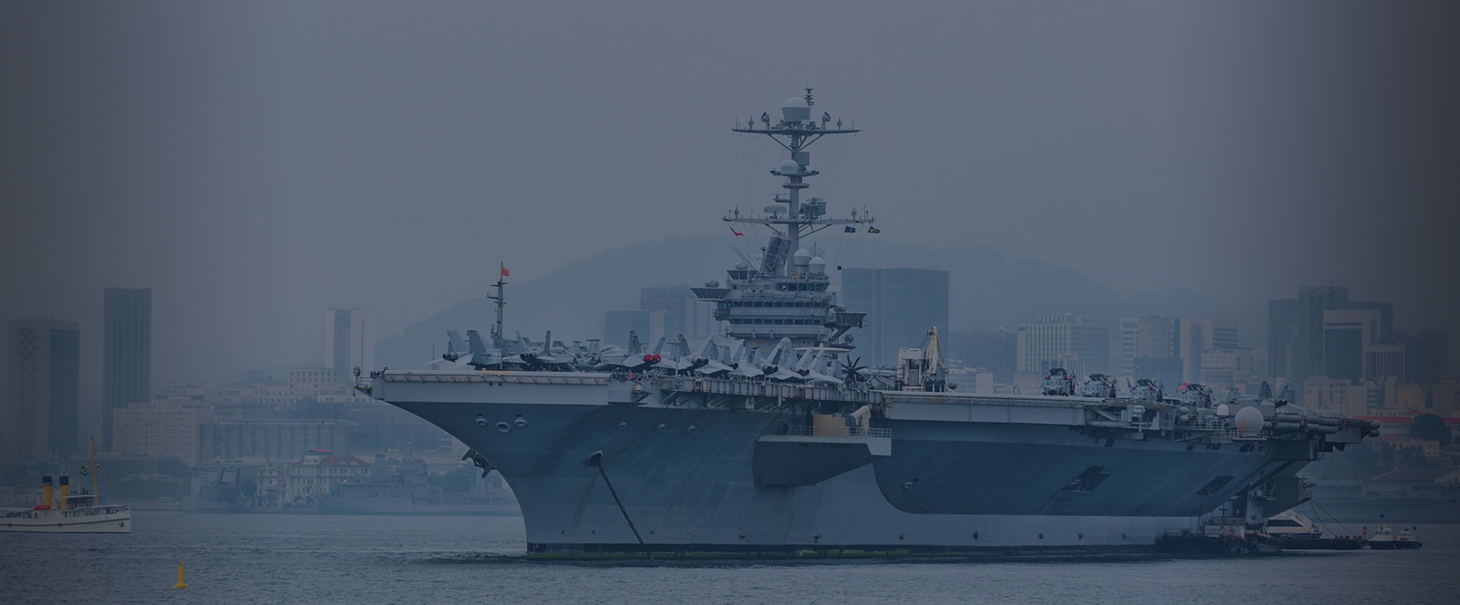Most Canadians are now familiar with the ongoing civil war in Syria. We’ve all seen the propaganda campaign produced by the terrorist group known as the Islamic State, who uses social media to broadcast their barbaric killings. We’ve also witnessed the recent flood of refugees fleeing the region and seeking refuge in Europe and now Canada. But earlier this week, I got to see a different side of the war in Syria. I joined members of the Israeli Defense Force (IDF) for a briefing from an outpost in the Golan Heights, a region in northeast Israel along its shared border with Syria. The strategic location is paramount for Israel; the high plateau overlooking the region allows members of the IDF to keep a watchful eye over the civil war that occasionally spills into its territory. Throughout the briefing, we could hear bombs exploding in the distance, as an IDF Officer in the Northern Command pointed out five villages in the valley in front of us. Two were controlled by the Assad regime, two more were held by different opposing rebel groups, and the final was a Druze village, an ancient tribe who has been persecuted in Syria. Golan was once part of Syria, but when a coalition of Arab nations attacked Israel in 1967, the small Jewish state fought back. Israel shocked the world with a decisive victory. It took only six days to defeat the advancing aggressors, and in its victory, Israel captured strategic locations from the war’s losers. One of the captured territories was the sparsely populated Golan Heights. Shortly after the war, Israel annexed Golan – a decision that many around the world still contest. Golan is incredibly important to Israel’s security and serves as an important buffer zone between Israel and its enemies. When it comes to the civil war in Syria, Israel refuses to get involved. Both sides are hostile towards them and neither hides its genocidal intentions. Syria’s Defence Minister once said, “I want to stand in one place and kill the Jew standing before me. If every Arab kills a Jew, there won’t be any Jews left at all.” Syria’s dictator Bashar al-Assad promised that if he wins the war against the Islamic State, he would turn his attention towards fighting Israel. Meanwhile, the Islamic State has made threats towards Israel and instructed their followers to find any non-Muslim and “smash his head with a rock, slaughter him with a knife.” It doesn’t matter which side prevails in this war, either way, Israel may find itself as the next target. This border presents a far greater threat to Israel – from Iran and its proxy terrorist group Hezbollah. Syria serves as a gateway from Iran into Israel, and this northern border could potentially turn into another war front. During this week’s visit to Washington D.C., Israeli Prime Minister Benjamin Netanyahu asked the U.S. to recognize Israel’s sovereignty in the Golan. Sadly, U.S. President Barack Obama rejected this request. Obama insists that Golan is Syrian territory, despite an annexation according to international law. There are thousands of Israelis living the Golan, hundreds of Druze protected by Israel, and no Syrians. Rejecting Israel’s request may be an easy position to take from Washington D.C., but it makes no sense from where I was standing in Golan. Israel’s control of the Golan Heights limits the spread of the Syrian war and helps protect Israel from future threats. That’s an unavoidable fact. Read the original at Toronto Sun.


 Candice Malcolm
Candice Malcolm